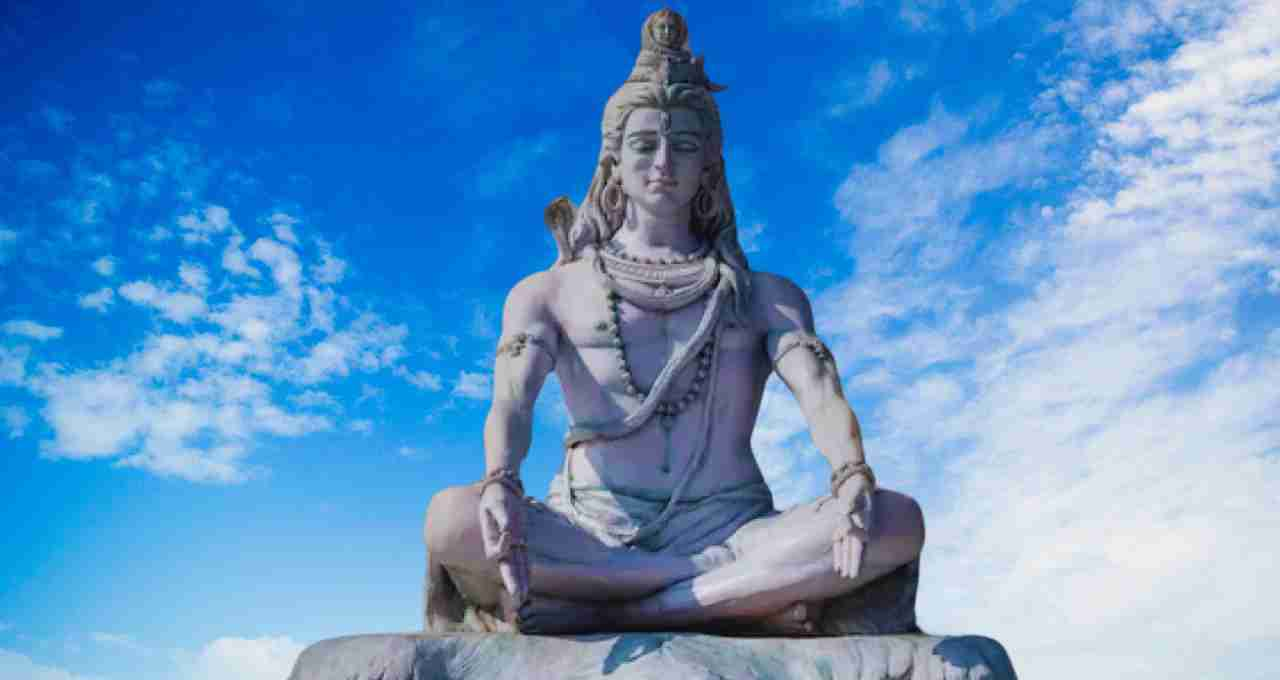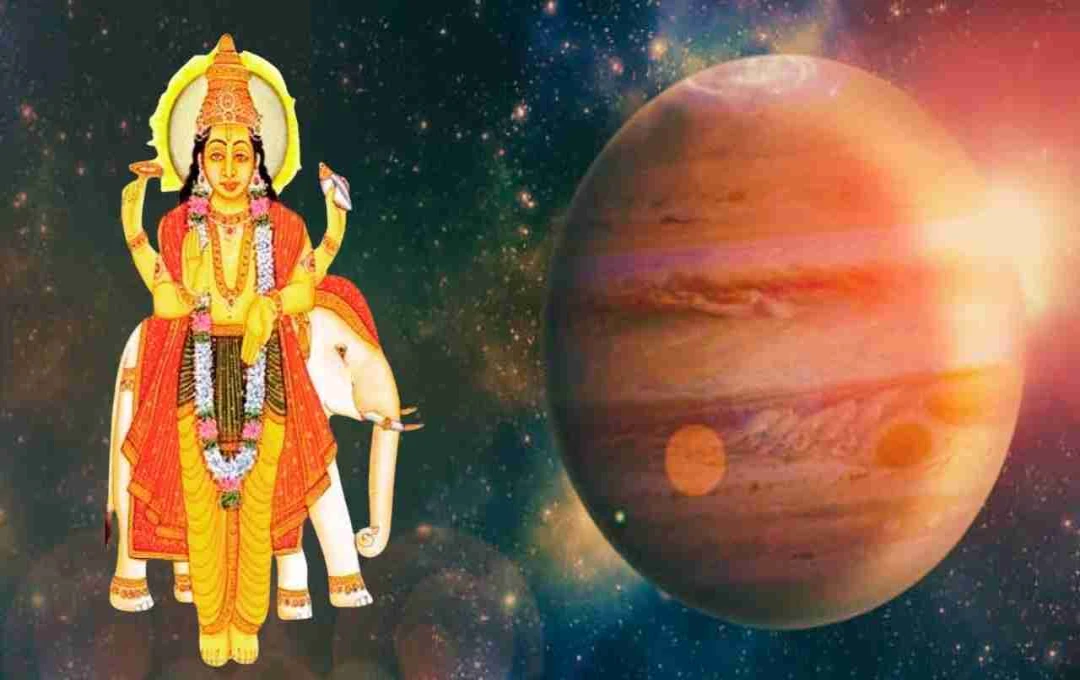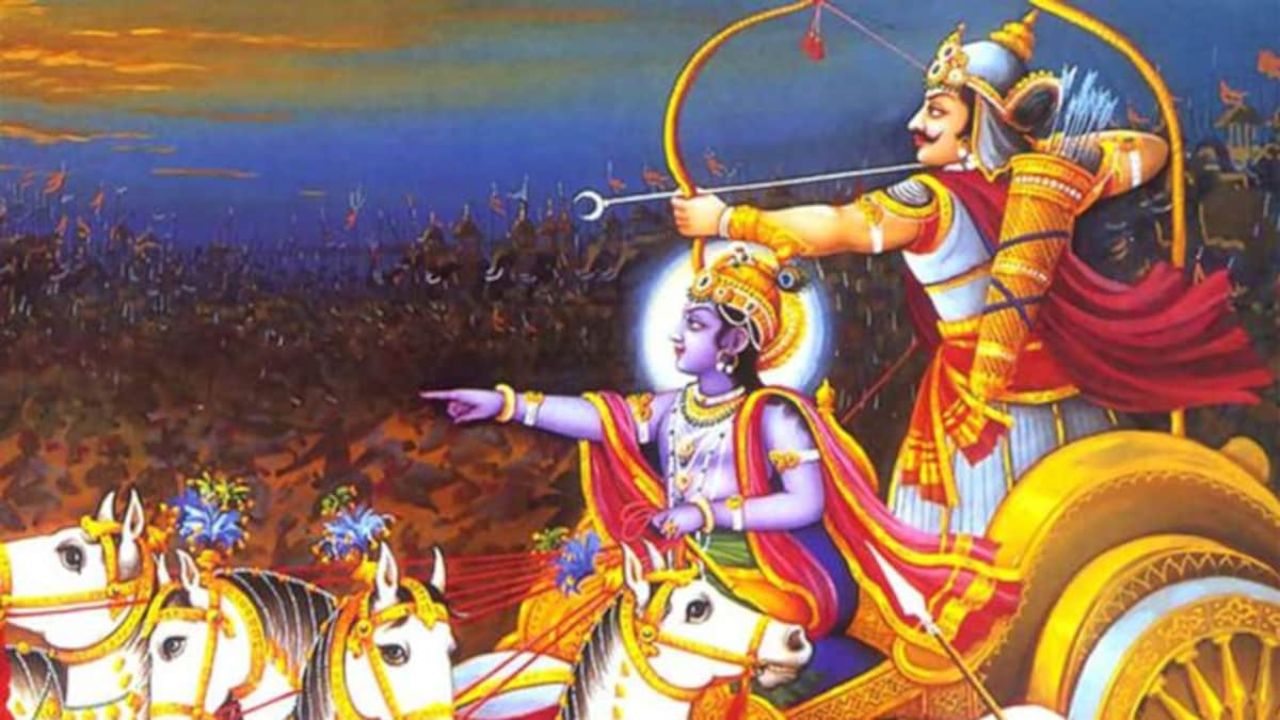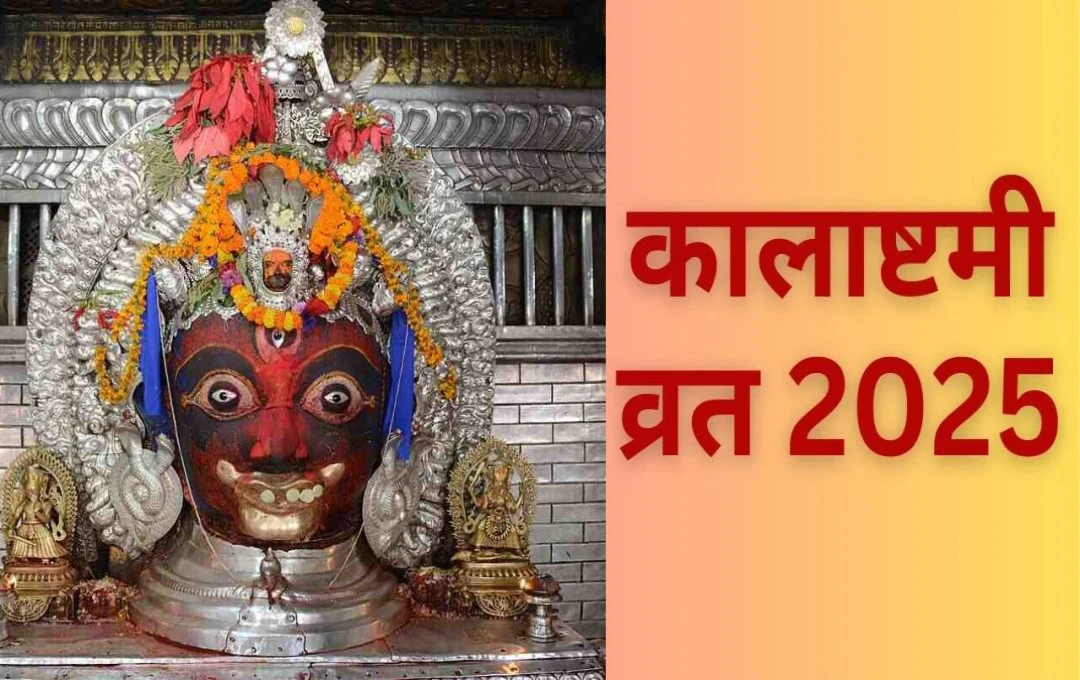India is a deeply religious country where faith in and devotion to deities are integral aspects of life. Among these faith-based festivals is the sacred day of Mahesh Navami, dedicated to Lord Shiva and Goddess Parvati. While particularly revered and celebrated with great enthusiasm by the Marwari community, it has now become a significant festival of faith for the entire Hindu society.
In 2025, Mahesh Navami falls on Wednesday, June 4th. This day is considered highly auspicious and fruitful for devotees of Shiva. Observing a fast, reciting the Shiva Chalisa, performing puja (worship), and participating in religious activities on this day are believed to not only cleanse one of sins but also bring happiness, peace, and prosperity to life.
Religious Significance of Mahesh Navami
Mahesh Navami is primarily a festival dedicated to the worship of Lord Shiva (also known as Mahesh) and Goddess Parvati. This date occurs annually on the ninth day of the Shukla Paksha (bright fortnight) of the Jyeshtha month. Tradition holds that the Maheshwari community originated on this day, and since then, it has been celebrated as a day to honor their tutelary deity, Lord Mahesh.
However, its spiritual significance runs deeper. This day reminds us of the power of the Shiva principle, the balance between destruction and creation, and ultimately, salvation. It is a day when we offer prayers to Shiva and Parvati, seeking liberation from worldly bonds and guidance on the path to moksha (liberation).
How to Celebrate Mahesh Navami?

The Mahesh Navami fast and puja begin before sunrise. Devotees take a bath, wear clean clothes, and then offer water, milk, belpatra (leaves of the sacred basil plant), dhatura (thorn apple), ak (calotropis gigantea), and flowers to the Shiva lingam. Goddess Parvati is offered sandalwood paste, sindoor (vermilion), a sari, other adornments, and sweet offerings.
Special Puja Procedure:
- Bath and Sankalp: Wake up early, take a bath, and make a resolution to observe the fast wholeheartedly for Lord Shiva and Goddess Parvati.
- Installation of the Deity: Install the idol or picture of Shiva and Parvati in a clean area or designated puja space in the home.
- Abhishekam (Ritual Bath): First, perform abhishekam with pure water, followed by a bath with panchamrit (a mixture of milk, yogurt, honey, ghee, and sugar).
- Offer Puja Materials: Offer belpatra, bhang (cannabis), dhatura, white flowers, rice, and akshat (unbroken rice grains) to Lord Shiva.
- Incense, Lamp, and Aarti: Light incense and a lamp and perform aarti (ceremonial waving of a lamp) for Shiva and Parvati. This step is considered very sacred in the puja.
- Recite Shiva Stotras: Recite the Shiva Chalisa, Shiva Tandava Stotram, or the Mahamrityunjaya Mantra. These mantras are considered excellent for inner peace and fulfillment of desires.
- Falahar and Evening Aarti: Observe a light fast, consuming only fruits, milk, or other fasting-friendly foods. In the evening, perform aarti again and conclude the fast.
Why Recite the Shiva Chalisa?

Reciting the Shiva Chalisa on Mahesh Navami is considered particularly fruitful. The Shiva Chalisa encapsulates the glory of Lord Shiva. Reciting it brings mental peace, removes life's obstacles, and bestows good health. It is believed that reciting the Shiva Chalisa:
- Destroys sins
- Annihilates enemies
- Grants freedom from diseases
- Increases wealth and prosperity
- Resolves marriage and progeny-related problems
Purity of thought and focus are crucial while reciting the Shiva Chalisa. Reciting it in the morning or evening with a ghee lamp lit is considered especially beneficial.
Social Aspect of Mahesh Navami
This festival is not just a religious observance but also a symbol of social unity. On Mahesh Navami, many places organize community feasts (bhandara), yagnas (sacrificial rites), devotional songs (bhajan-kirtan), and processions. Temples are elaborately decorated, and crowds of devotees gather. Many places organize collective Shiva puja and Rudrabhishek (a special ritual bath for Shiva), promoting social harmony.
Benefits of Observing the Fast
Observing a fast is not only a symbol of religious faith but is also considered beneficial for both body and mind. Women observe the fast to pray for their husband's long life and the well-being of their children, while men observe it for the peace and prosperity of their family and freedom from financial problems. Fasting increases self-discipline, fosters positivity, and promotes a feeling of purity. It not only offers spiritual benefits but also helps cleanse the body of toxins, promoting health.
What to Avoid on Mahesh Navami?
- Refrain from slander, lying, anger, deceit, and non-vegetarian food.
- Maintain mental purity and adhere to a sattvic (pure) diet.
- Maintain the purity of the items used in the puja.
- Women, in particular, should wear clean clothes during the fast and puja.
An Inspiring Story Associated with Mahesh Navami
Once upon a time, a devout woman from a poor Brahmin family observed the Mahesh Navami fast. With utmost devotion, she recited the Shiva Chalisa and performed abhishekam with only water. Throughout the year, her difficulties gradually disappeared. Soon, prosperity came to her home, her husband found employment, and she was blessed with children. Since then, it has become a tradition in that village for every woman to recite the Shiva Chalisa and observe the fast on Mahesh Navami.
Mahesh Navami is not merely a festival but an opportunity for spiritual practice. This day reminds us of Shiva's boundless power, compassion, and grace. Shiva is the destroyer, but he is also the benefactor. If you desire happiness, prosperity, and peace in your life, worship Shiva and Parvati on Mahesh Navami, observe a fast, and recite the Shiva Chalisa.















